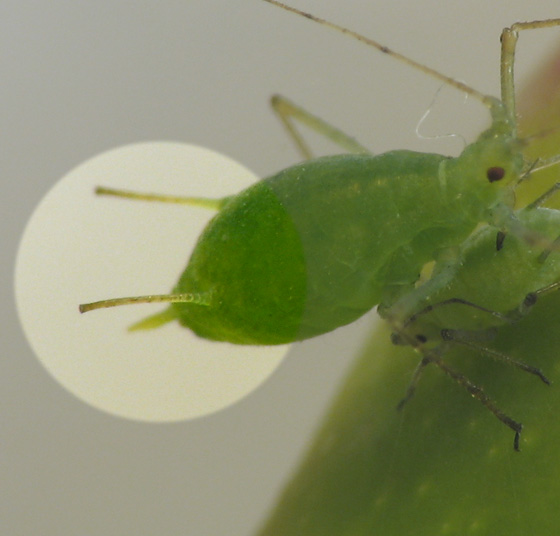cornicle on:
[Wikipedia]
[Google]
[Amazon]

 The cornicle (or siphuncule) is one of a pair of small upright backward-pointing tubes found on the dorsal side of the 5th or 6th abdominal segments of
The cornicle (or siphuncule) is one of a pair of small upright backward-pointing tubes found on the dorsal side of the 5th or 6th abdominal segments of

 The cornicle (or siphuncule) is one of a pair of small upright backward-pointing tubes found on the dorsal side of the 5th or 6th abdominal segments of
The cornicle (or siphuncule) is one of a pair of small upright backward-pointing tubes found on the dorsal side of the 5th or 6th abdominal segments of aphids
Aphids are small sap-sucking insects and members of the superfamily Aphidoidea. Common names include greenfly and blackfly, although individuals within a species can vary widely in color. The group includes the fluffy white woolly aphids. A t ...
. They are sometimes mistaken for cerci. They are no more than pores in some species.
These abdominal tubes exude droplets of a quick-hardening defensive fluid''Aphid'', Henry G. Stroyan, McGraw-Hill Encyclopedia of Science and Technology
McGraw Hill is an American educational publishing company and one of the "big three" educational publishers that publishes educational content, software, and services for pre-K through postgraduate education. The company also publishes referenc ...
, 8th Edition, 1997, containing triacylglycerol
A triglyceride (TG, triacylglycerol, TAG, or triacylglyceride) is an ester derived from glycerol and three fatty acids (from ''tri-'' and '' glyceride'').
Triglycerides are the main constituents of body fat in humans and other vertebrates, a ...
s called ''cornicle wax''.
There is some confusion in the literature about the function of the cornicle wax secretions. It was common at one time to suggest that the cornicles were the source of the honeydew, and this was even included in the ''Shorter Oxford English Dictionary
The ''Shorter Oxford English Dictionary'' (''SOED'') is an English language dictionary published by the Oxford University Press. The SOED is a two-volume abridgement of the twenty-volume ''Oxford English Dictionary'' (''OED'').
Print editions ...
''
and the 2008 edition of the World Book Encyclopedia
The ''World Book Encyclopedia'' is an American encyclopedia. The encyclopedia is designed to cover major areas of knowledge uniformly, but it shows particular strength in scientific, technical, historical and medical subjects. ''World Book'' wa ...
. There also is documentation in the literature for cornicle wax luring predators in some cases.
References
Aphids Insect anatomy {{insect-anatomy-stub